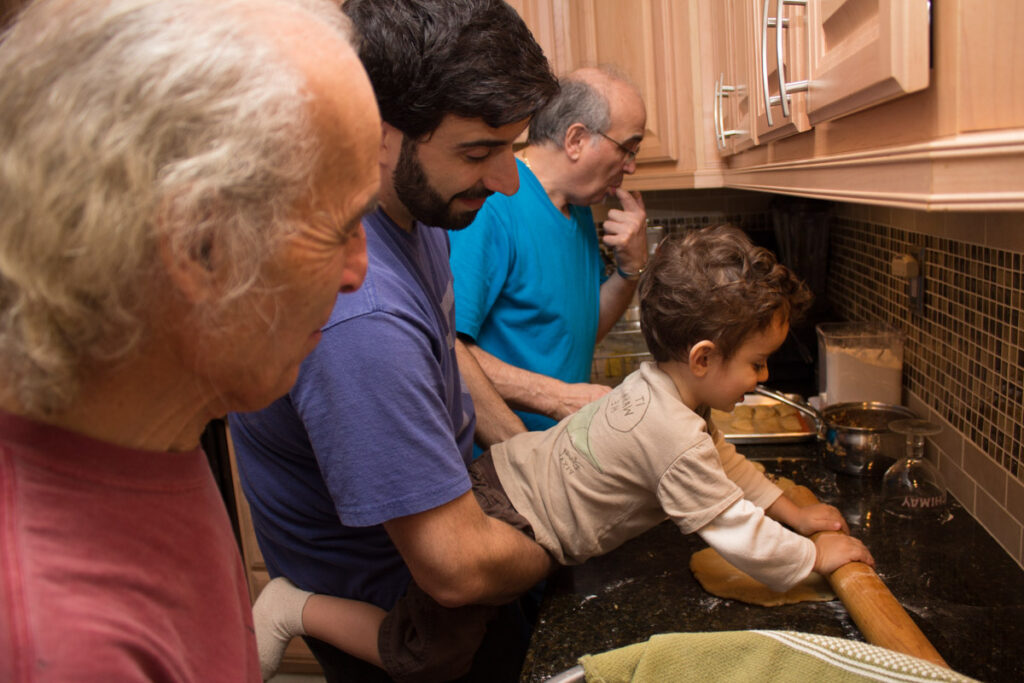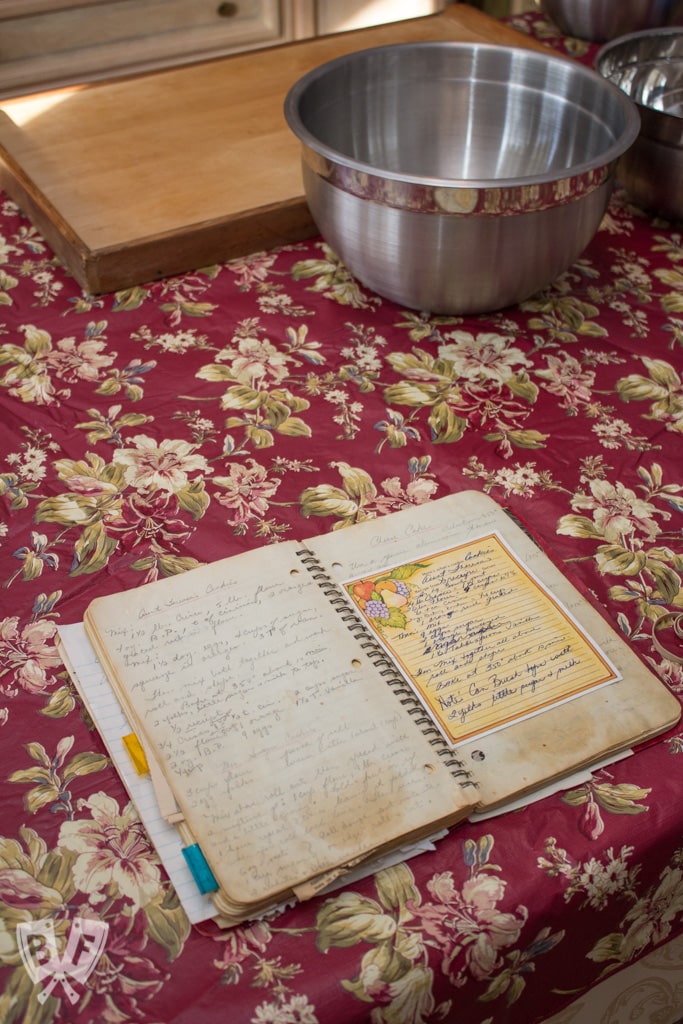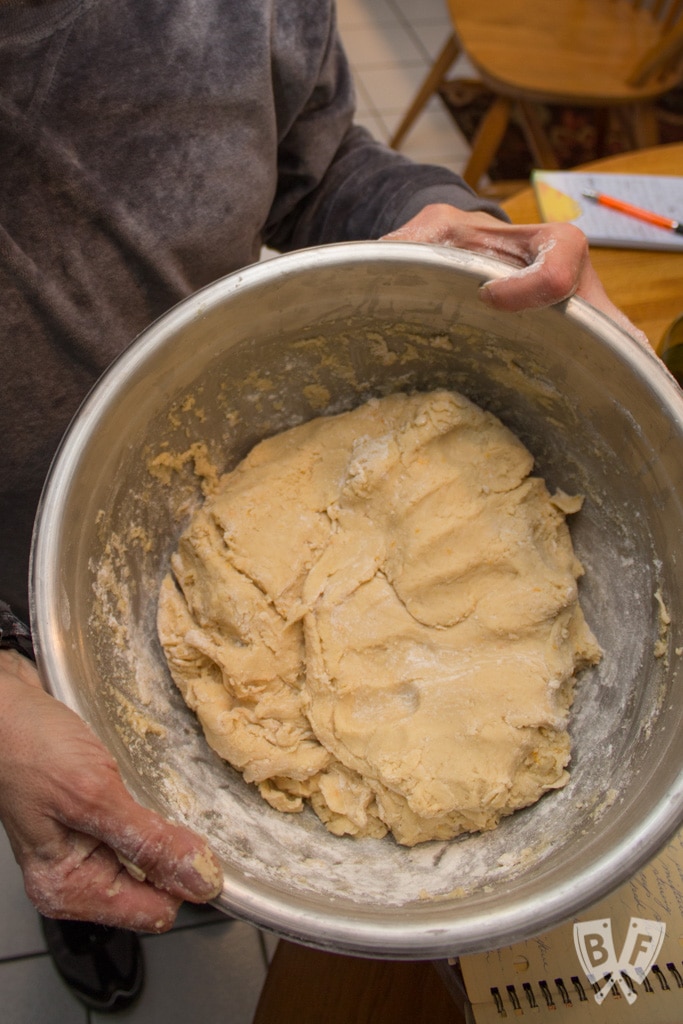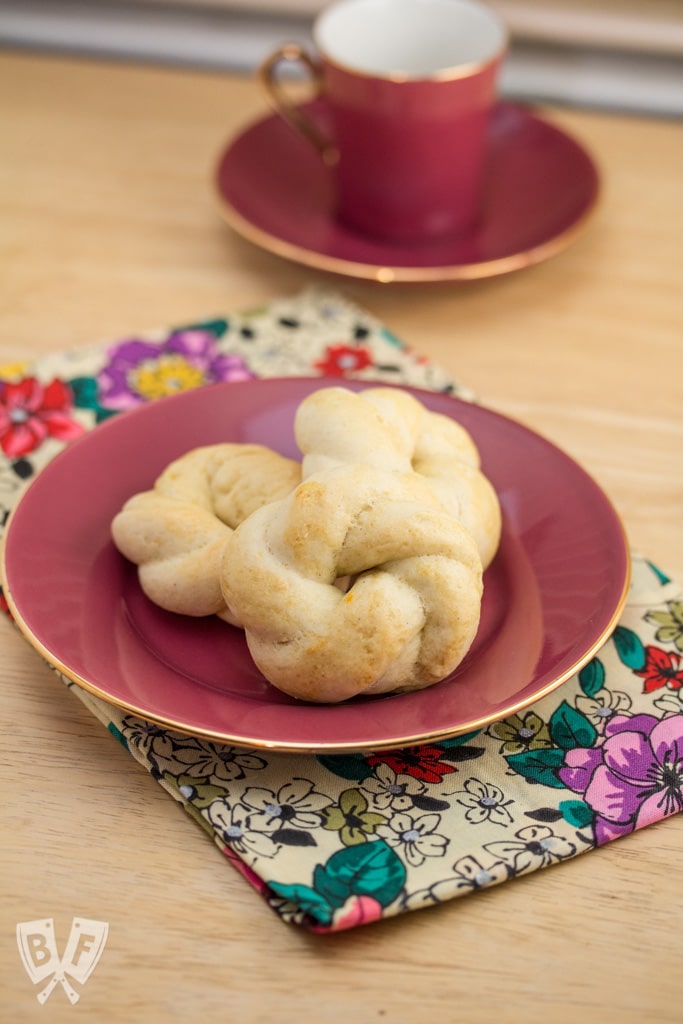Family recipes hold a special place in our hearts, evoking nostalgic aromas and the warmth of shared meals. But these favorite and much anticipated dishes, often passed down through generations, can be a mystery to decipher.
With measurements passed down verbally and techniques learned through years of observation, how does one ever recreate a family recipe in their own kitchen?
Fortunately, there’s a way to recreate these family favorites into reliable recipes that can be enjoyed for years to come.
The Importance of Hands-On Documentation
To accurately capture a family recipe, there’s no substitute for getting into the kitchen with the master chef (aka your grandma!). While verbal or written instructions are a good starting point, the subtleties and nuances of the cooking process often go unnoticed unless you are right there.

People cook by feel or taste, adding a pinch of this and a dash of that, and to replicate these dishes accurately, we need to bring a bit of precision into the mix.
Start by grabbing your favorite notebook or note-taking device. Taking notes will ensure you observe and record the entire cooking process from start to finish.
Consider setting up a camera to record the process, providing a visual aid for later reflection and note-taking. This not only serves as a practical guide but also becomes a cherished memento of the time spent together.
Taking Detailed Notes
Every action in the kitchen is a piece of the puzzle. Your notes are the key to solving it. Measure everything meticulously, even if the cook is accustomed to cooking by intuition.
Use measuring spoons or cups to quantify pinches and handfuls. Your goal is to ensure accuracy in your replication.
Pay attention to details such as size, shape, and visual cues. Specify measurements like “1 tablespoon fresh lemon juice, about half of a large lemon” instead of the ambiguous “the juice of one lemon.”


When dealing with canned or bottled ingredients, be explicit about size and style. Specify details like diced, crushed, puréed, unseasoned, whole wheat, instant, or oil-packed.
Note the order of ingredient additions and keep tabs on cooking times. Be clear about crucial steps, like bringing a mixture to a boil before simmering for a specified duration.
These details not only enhance accuracy but also streamline the cooking process for future attempts.
Transforming Observations into a Followable Format
After the cooking session with your family member, revisit your notes and expand on them. Transform any raw observations into a comprehensive, followable recipe. Try to do this as soon after your cooking session as possible while your thoughts and observations are still fresh on your mind.
Spell out measurements to eliminate any ambiguity. Not everyone may be familiar with your kitchen shorthand.
Be specific in noting the size of cans or bottles and the form of ingredients (e.g., diced, crushed, puréed).
Break down complex instructions into smaller, more manageable steps.
Testing and Evolving the Recipe
The ultimate test of a documented recipe is recreating it!
Follow your notes precisely, adding any modifications or additional notes that enhance the cooking experience.
Repeat the process until you’re satisfied with how the recipe tastes. Celebrate that you have turned a cherished memory to a tangible, written (and tasty!) masterpiece.
Sharing Your Culinary Treasures
By carefully documenting and refining family recipes, you create a tangible legacy that can be enjoyed for generations to come.

Share your newly formed recipes with family and friends. Not only will you be sharing delicious food, but you’re also sharing your heritage embedded in these treasured dishes.
Remember, preserving family recipes is more than just preserving ingredients and instructions; it’s about preserving the memories, traditions, and love that are intertwined with these culinary creations.
Need help getting started? Check out our e-book, Passing the Plate: Recipes that Tell Our Family Story. It’s a 16-page electronically fillable and printable guided family memory workbook that will walk you through collecting these stories and recipes.
We show you how to document family recipes for future generations in our webinar Passing the Plate: Documenting Family Recipes for Future Generations. Plus, we’ll help you capture and preserve your family’s culinary heritage with our ebook Passing the Plate: Recipes That Tell Our Family Story.
Leave a Reply